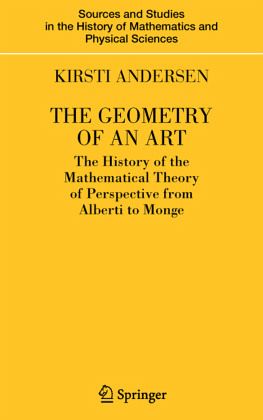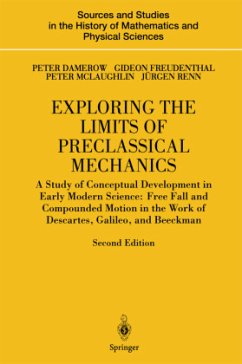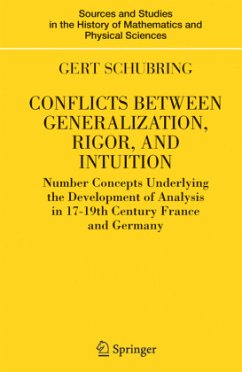
The Geometry of an Art
The History of the Mathematical Theory of Perspective from Alberti to Monge
Versandkostenfrei!
Versandfertig in 6-10 Tagen
250,99 €
inkl. MwSt.
Weitere Ausgaben:

PAYBACK Punkte
125 °P sammeln!
This review of literature on perspective constructions from the Renaissance through the 18th century covers 175 authors, emphasizing Peiro della Francesca, Guidobaldo del Monte, Simon Stevin, Brook Taylor, and Johann Heinrich. It treats such topics as the various methods of constructing perspective, the development of theories underlying the constructions, and the communication between mathematicians and artisans in these developments.
Key Issues ver since the late 1970s when Pia Holdt, a student of mine at the time, and Jed Buchwald, a colleague normally working in another field, made E me aware of how fascinating the history of perspective constructions is, I have wanted to know more. My studies have resulted in the present book, in which I am mainly concerned with describing how the understanding of the geometry behind perspective developed and how, and to what extent, new insights within the mathematical theoryof perspective influenced the way the discipline was presented in textbooks. In order to throw light on these aspects of the history of perspective, I have chosen to focus upon a number of key questions that I have divided into two groups. Questions Concerning the History of Geometrical Perspective - How did geometrical constructions of perspective images emerge? - How were they understood mathematically? - How did the geometrical constructions give rise to a mathematical theory of perspective? - How did this theory evolve? Inconnectionwith the last question it is natural to takeup the following themes.














